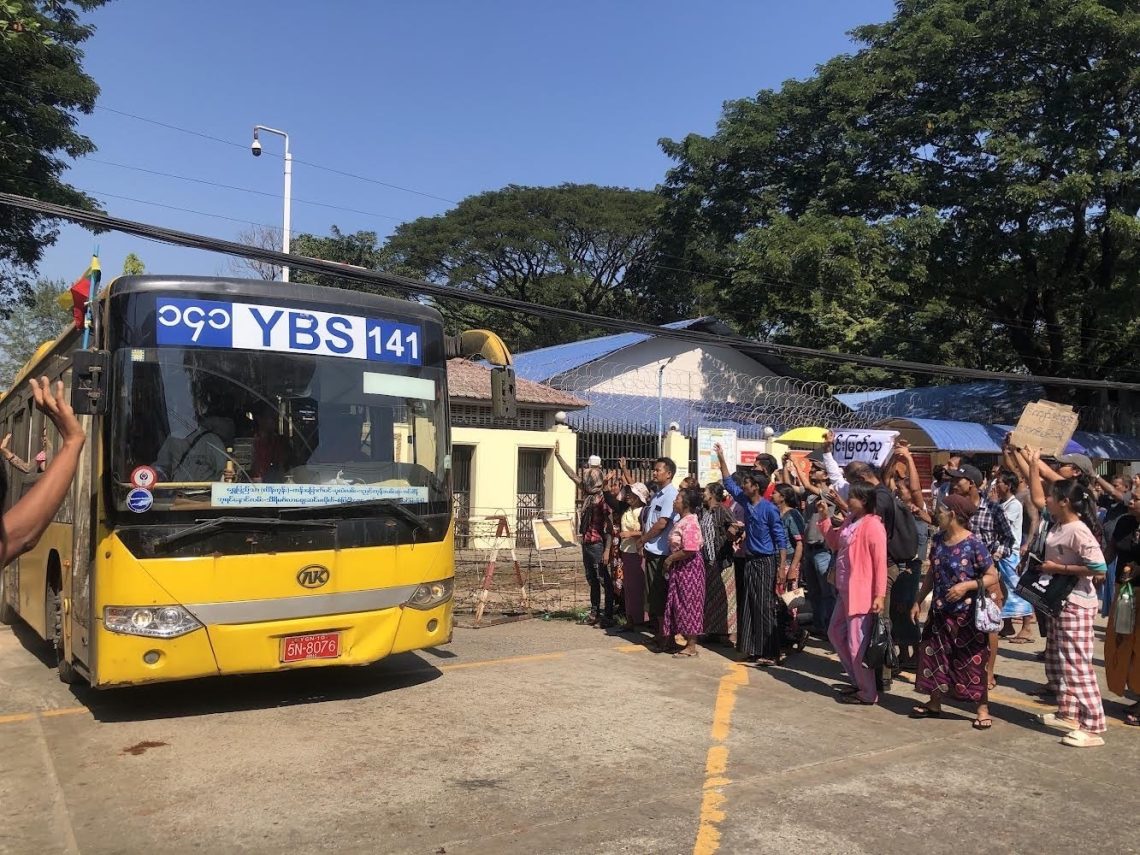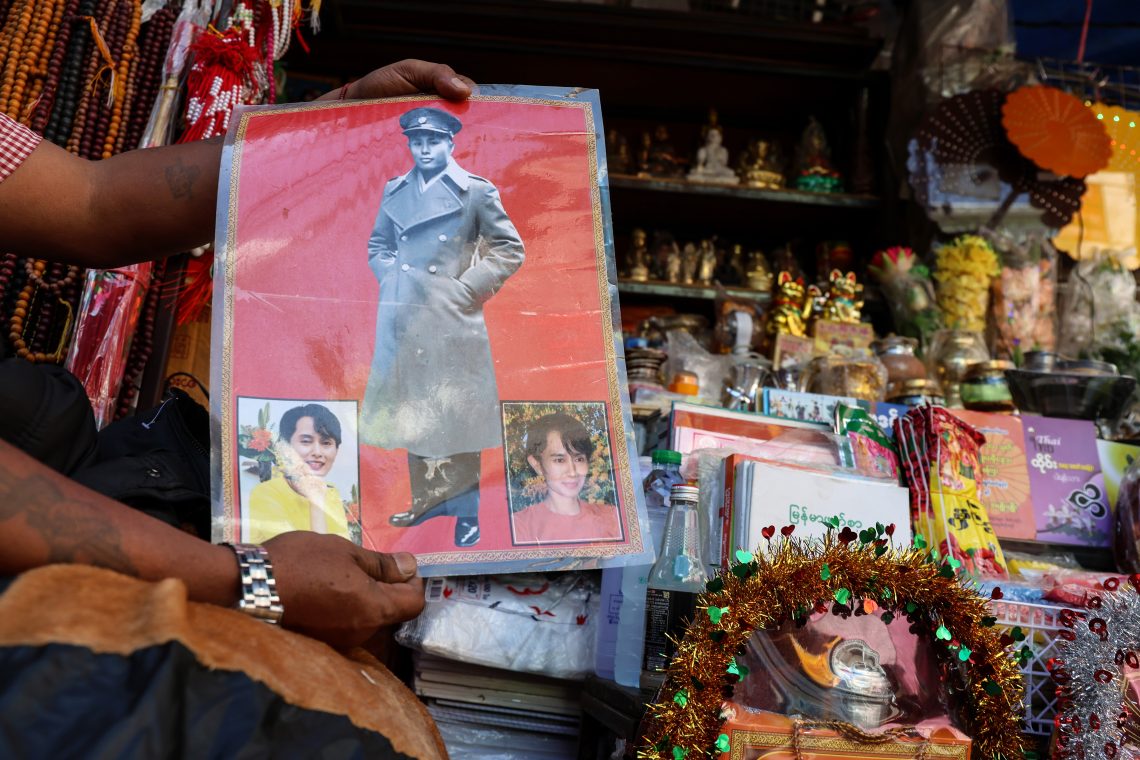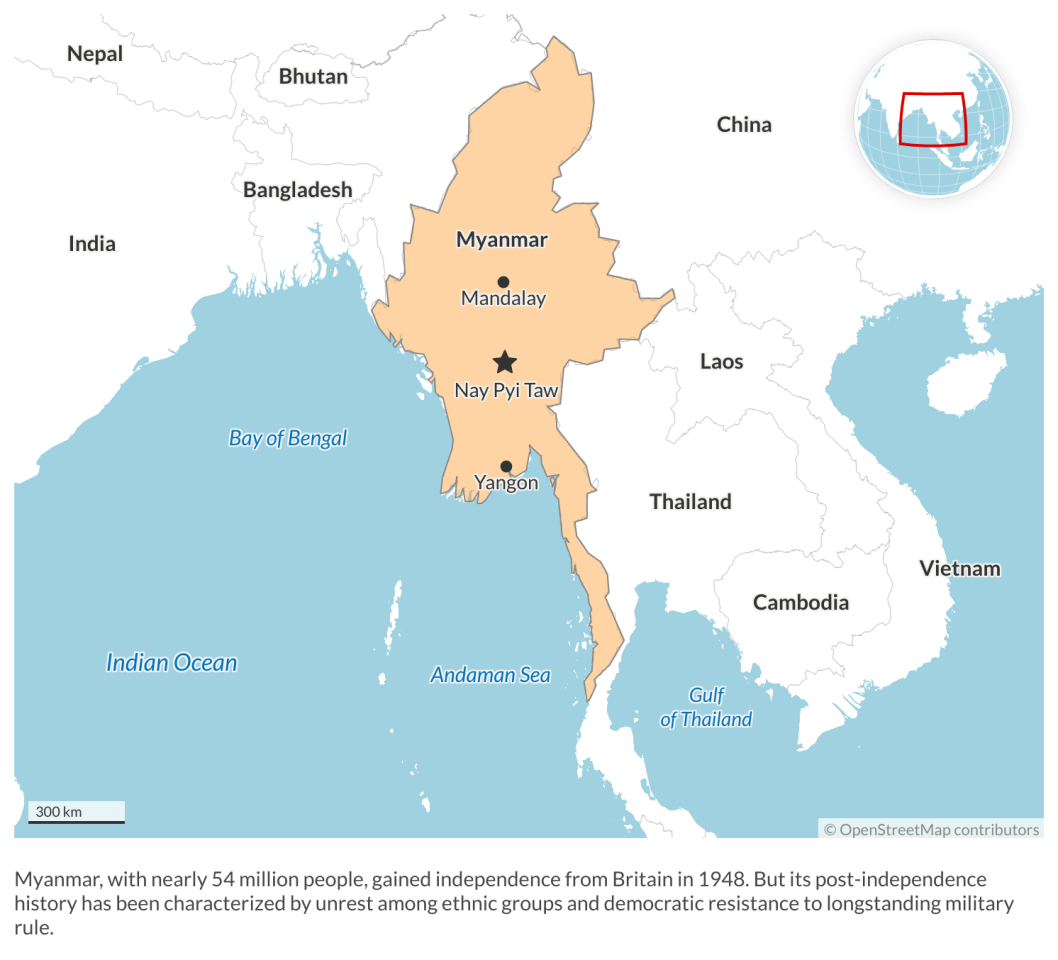Myanmar rebels seek to topple the military junta
Inroads by rebel forces have raised questions about the military junta’s staying power after it seized power in 2021.

In a nutshell
- Civil war has hamstrung Myanmar’s already beleaguered economy
- Rebel forces have had successes against the junta since autumn
- A protracted conflict could sow instability throughout the region
Since late October, a coordinated offensive by resistance forces in Myanmar has posed a stiff challenge to the ruling military that overthrew the democratically elected government three years ago. The coup triggered a civil war that is gaining force today, especially since the autumn start of the rebel groups’ Operation 1027. Although their advances are not definitive, they do raise questions about the staying power of the military junta.
Much of Myanmar’s history since it achieved independence from Britain in 1948 has been a struggle between the military (or Tatmadaw) and resistance from myriad ethnic armed groups and opposition parties. The latest shift in the balance of power came when the Tatmadaw on February 1, 2021, ousted the ruling National League of Democracy, led by democracy icon Aung San Suu Kyi, who remains jailed three years later. The coup, which came just months after the 2020 election, ravaged the country’s economy, increased its international isolation and triggered upheaval, with thousands dead and millions already displaced in the nation of 54 million people.
The resistance forces are comprised of the People’s Defense Forces aligned with the shadow National Unity Government, with support from segments of ethnic armed organizations. Together, they have since claimed control of more than half of the country’s territory, while the junta, ruling under the State Administration Council, has been riven with defections and internal divisions. In the weeks following the start of Operation 1027, even junta officials admitted that the country risks breaking apart.
The outcome of the civil war has implications not only for the country but also for the region. Because Myanmar is strategically located between China and India, and connected to mainland Southeast Asia, continued deterioration of the situation could leave a failed state at an important crossroads. The country would suffer even worse economic repercussions and export instability to the region, as we are already seeing with instances like sprawling regional scam networks. Myanmar could also become a potential breeding ground for international criminal networks, not to mention a battleground for intensified competition between major powers.

The uncertainty of the civil war
The broader question is how Myanmar’s civil war will evolve. Most independent counts put rebel forces at less than 100,000 fighters, with much less weaponry, firepower and financing capacity. Despite this, the anti-coup forces have made significant ground against the Tatmadaw, which had an estimated pre-coup strength of between 200,000 and 350,000 soldiers.
While resistance forces have shown an ability to coordinate and gain ground on the battlefield, building on these successes while maintaining historically fragile unity among diverse groups is no easy task. Meanwhile, though the Tatmadaw is beset by challenges, its record of harshly suppressing enemies since the 1940s suggests that it is likely to continue to cling to power at all costs, including more brutal military tactics and possibly even sham elections in an attempt to establish legitimacy.
Furthermore, while assistance from countries like the United States could tip the scales in favor of the resistance, the interests of other actors will affect the ruling State Administration Council’s ability to sustain fighting at home and weather isolation abroad. China and Russia, for instance, back the military junta. But neighboring Thailand, India and the Association of Southeast Asian Nations (ASEAN), a 10-nation alliance that includes Myanmar, are also potentially influential. Myanmar has been excluded from the last two annual ASEAN summits because of the coup, but the association has struggled to adopt a common position.
Facts & figures
Scenarios
Most likely: No end to war in sight
The most likely scenario is one of protracted conflict. The resistance forces would continue to make sporadic gains in outlying areas, but not enough, particularly in most urban areas, to defeat the junta. Meanwhile, the military would intensify brutal efforts in a bid to gain the upper hand, including indiscriminate violence to spread fear among civilians and targeted offensives meant to deepen divisions among the People’s Defense Forces and the ethnic armed organizations.
The continued trading of blows would increase the spillover effect of Myanmar’s civil war, with more refugees flowing into South and Southeast Asia. The international battle for legitimacy would also continue to play out. Some countries would support the National Unity Government while other actors, including ASEAN, would adopt a more hedged position.
A more extreme version of this scenario would see Myanmar fracture. Though the State Administration Council would still claim to rule a single Myanmar, actual power would reside in local armed groups. These include ethnic armed organizations that operate independently and focus on control of their territories.
Less likely: Decisive victory for anti-coup forces
A victory for anti-coup forces and the unraveling of the military regime is less likely, although the possibility has grown. In this scenario, the resistance would be able to pull off a string of multi-theater successes that either result in a negotiated outcome in their favor or the junta’s surrender.
The capabilities of the People’s Defense Forces have improved, raising hopes that the resistance can seize select strategic urban areas and demoralize the military. If the tide begins to turn decisively, external actors, including China, may then push the junta to negotiate a settlement with the rebels to protect their own interests. However, any negotiated outcome will be challenging. The military is deeply distrusted after it reneged on a previous power-sharing agreement with the National League of Democracy government. Moreover, it will be difficult to keep the People’s Defense Forces and ethnic armed organizations united.
Least likely: Military wins
A victory for the military is the least likely scenario. Yet the Tatmadaw’s staying power should not be underestimated. Declining unity and coordination among anti-coup forces could translate into battlefield setbacks, especially if coupled with a lack of international assistance. This could play into the Tatmadaw’s ability to employ a divide-and-conquer approach that splits the resistance and diminishes its popular support. It would also buy the junta time to patch up challenges it faces and wear the resistance down using tactics to boost recruitment and secure more weapons purchases from its chief backers. Given all of this, a reversal that sees the Tatmadaw prevail cannot be ruled out.
For industry-specific scenarios and bespoke geopolitical intelligence, contact us and we will provide you with more information about our advisory services.










